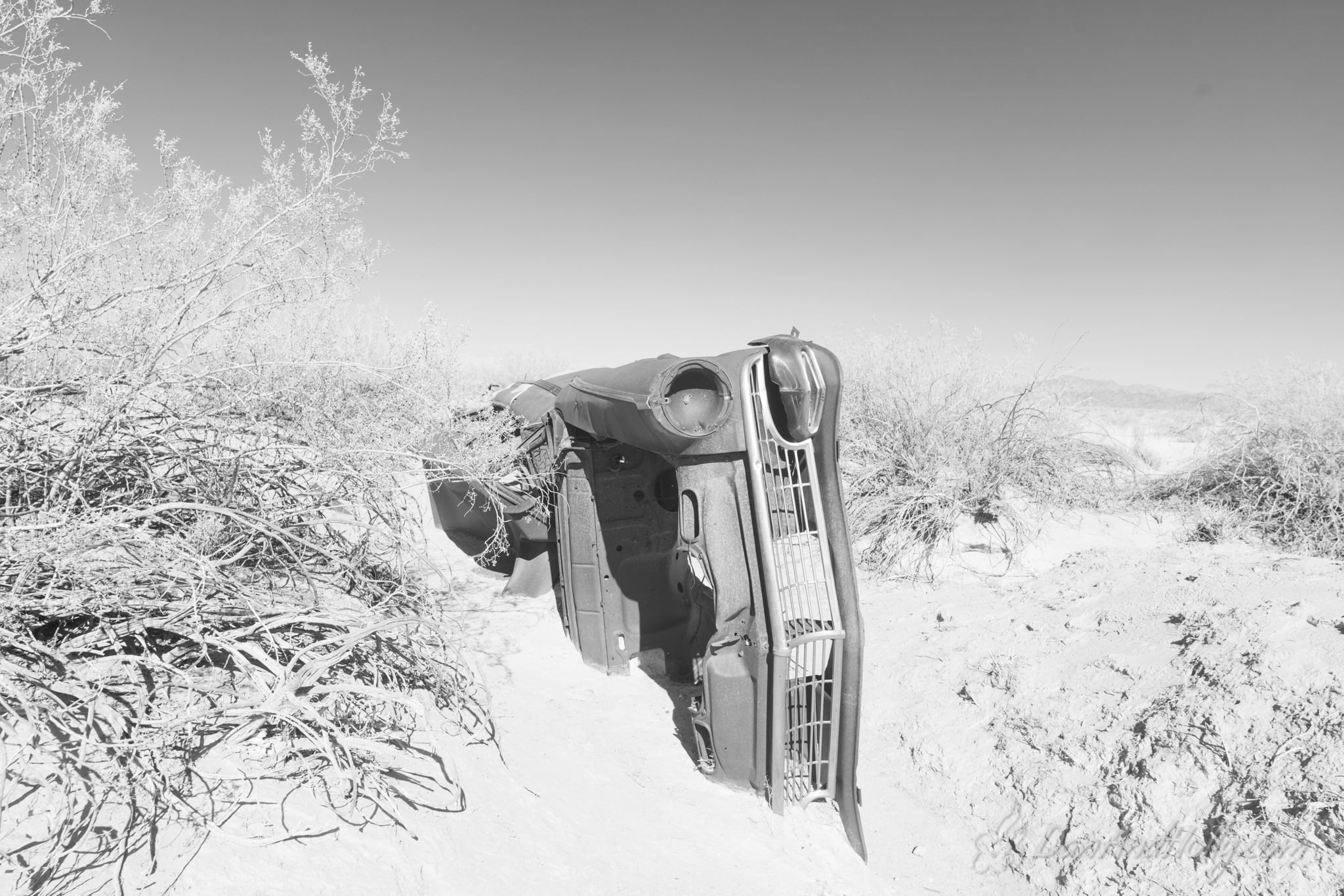

Alright, I mentioned last week that the next couple of weeks would be a bit more technical, but I sincerely think there are interesting things to learn here, else I wouldn’t be sharing. If you’re not into it, that’s okay too though! This week’s Picture of the Week focuses on the Cygnus region of the Milky Way band, which is north (from our perspective) of the main core area you typically see people – myself included – photographing. As more and more astrophotographers have gotten modified cameras, it has increased in popularity because there’s a lot going on in this part of the sky, and it’s really wild looking. I’ve done a number of pictures facing this direction over the last few years, but I wanted to change it up a bit, as always. Much of the red you see in these night sky images can be attributed to hydrogen alpha, which if you think back to your high school science class and shining light through a prism, is on the right end of the light spectrum, right around the 650nm wavelength. When observing the night sky, however, there is more going on than just hydrogen alpha, such as ionized sulfur (Sii) and ionized oxygen (Oiii), which are more yellowy-orange and blue-green, respectively. Given that I’ve captured the hydrogen alpha portion before, I thought it would be fun to dive into Sii and Oiii to see what it would all look like. Some folks may have noticed in the last few images that there are nebulae showing up in more colors than typical for my images, but this week’s image it should be more apparent because of the increased presence of those gases in this region of the sky!
So… what does any of that mean for the non-astronerd? Well, there are blue and yellow things in the sky with these images, where there used to only be red! 🙂 This requires using a different filter than I previously did, but I have absolutely been loving the outcome of it all!
All that aside, this week’s image also took another bit of research; that of the waded up car in the foreground! When I first saw it, I was convinced that it was a Studebaker because of the “bullet” shape in the grill, which the Studebaker’s were known for. After showing it to the guy who restored my Camaro, however, he was convinced it was an old Ford, based on the shape of the fender, but he’d never seen this particular one before. By complete happenstance, I spotted an old poster on eBay that illustrated old cars from the 40s and 50s, and low and behold – there it was! A 1952 Ford Station Wagon. In the Alternative Perspectives section below you’ll see additional pictures of the car, and the one immediately behind it. It appears as those maybe a tree had fallen on the roof at some point, but there are certainly no trees around this area to have done it. It was also pretty substantially crushed – and nothing immediately obvious in the vicinity that could do the crushing, which led me to believe it was brought out there in this condition. It fits with the “spare parts” theory that I mentioned a few weeks ago, though, but really, who knows. Behind the 52 is a 56 Ford Station Wagon, that I honestly wish I’d spent more time on, and then a Cadillac on its roof behind that. You may ask yourself why I like these so much, and I would say that it’s the same reason I like the old chimneys in the Smokies. It’s nature reclaiming its space – slowly but surely.
More next week!
–Dan Thompson
Alternate Perspective
ˈȯl-tər-nət pər-ˈspek-tiv- A substitute or different visible scene.
- Another view or angle.







I love the juxtaposition of ‘dead’ cars and the vast universe! Well done.